Monthly Archives: January 2024
SOURCE: IDRW.ORG


The Indian Air Force’s (IAF) ambitious plans for a fifth-generation fighter jet, the Advanced Medium Combat Aircraft (AMCA), received a crucial boost with Air Chief Marshal VR Choudhary’s recent statement. He declared that the ongoing Tejas MkII program will act as a “feeder technology” for the AMCA, emphasizing its vital role in laying the groundwork for this next-generation fighter.
While still under development, the Tejas MkII is already generating excitement for its potential to enhance the IAF’s capabilities. As reported by idrw.org, the program shares significant technological advancements with the AMCA, paving the way for a smooth transition to the more advanced platform.
Continue readingSOURCE: IDRW.ORG TEAM

Emmanuel Macron’s upcoming Republic Day visit to India promises to be a landmark event, not just for bilateral relations but also for the nation’s ambitious fighter jet program. Unconfirmed reports suggest that India will announce French aerospace giant Safran Aerospace as its engine partner for the crucial 6th-generation engine development for the Advanced Medium Combat Aircraft (AMCA) program.
This marks a significant step beyond the current Rafale partnership, with India aiming to achieve self-reliance in a critical domain. The collaboration with Safran, known for its cutting-edge engine technology, signifies a major leap forward in India’s quest for “Make in India” in the defense sector.
Continue readingSOURCE: IDRW.ORG TEAM


As anticipation builds for the upcoming visit of French President Emmanuel Macron to India as the chief guest for Republic Day 2024, former Indian ambassador to France, Mohan Kumar, has taken to the skies with a groundbreaking proposition. In a recent interview, Kumar suggests that India shouldn’t just limit itself to manufacturing Rafale fighter jets for domestic needs, but set its sights even higher – becoming a global supplier of high-tech defense equipment.
This ambitious vision, if realized, would mark a pivotal leap forward for India’s ‘Make in India’ initiative, transforming the nation from a defense importer to a formidable exporter. Kumar specifically identifies the promising markets of the UAE, Qatar, and Egypt as potential destinations for India-made Rafales, capitalizing on the region’s existing demand for advanced fighter jets.
Continue readingSOURCE: RAUNAK KUNDE / NEWS BEAT / IDRW.ORG
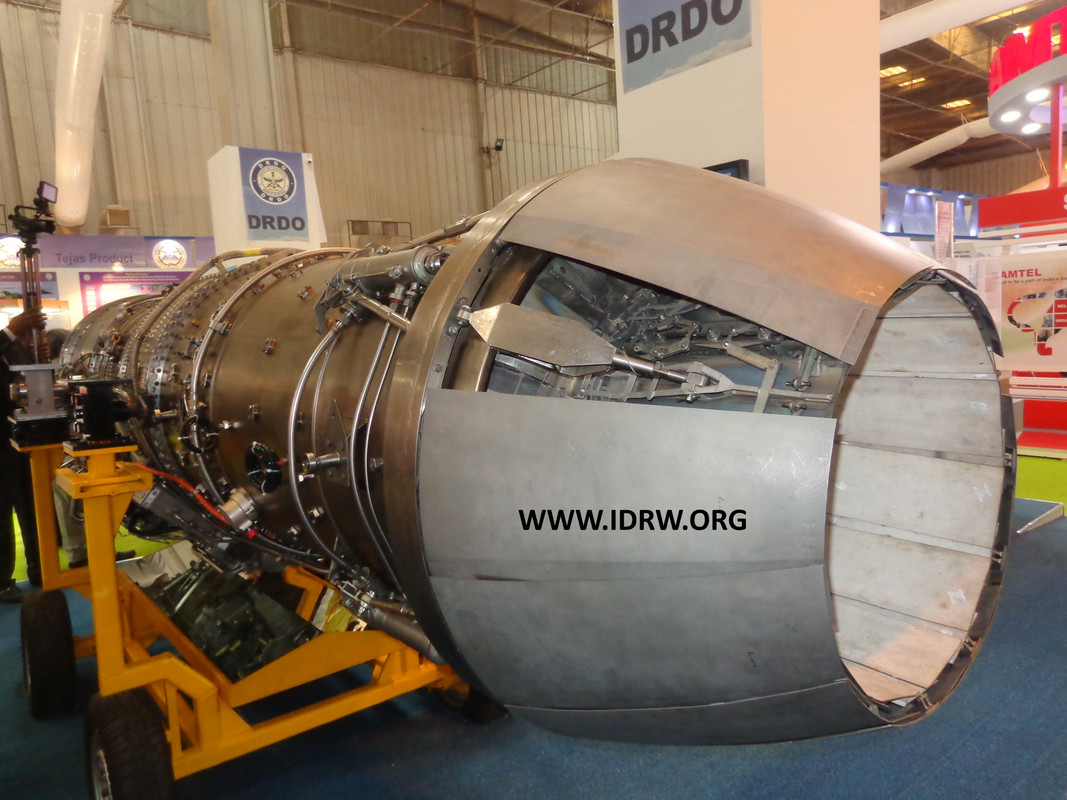

The Gas Turbine Research Establishment (GTRE) has taken a significant step towards powering the Light Combat Aircraft (LCA) Tejas with its indigenous Kaveri engine. An Expression of Interest (EoI) has been issued for procuring 450 Low-Pressure Turbine (LPT) rotor blades and 150 vanes LPT sub-assemblies, marking a crucial stage in the engine’s development.
These components are specifically designed for the 80kN variant of the Kaveri engine, featuring an Afterburner module for enhanced thrust. This afterburner will undergo technology demonstration tests onboard an LCA-Tejas LSP aircraft, paving the way for future integration into the Tejas fleet.
Continue readingSOURCE: RAUNAK KUNDE / NEWS BEAT / IDRW.ORG
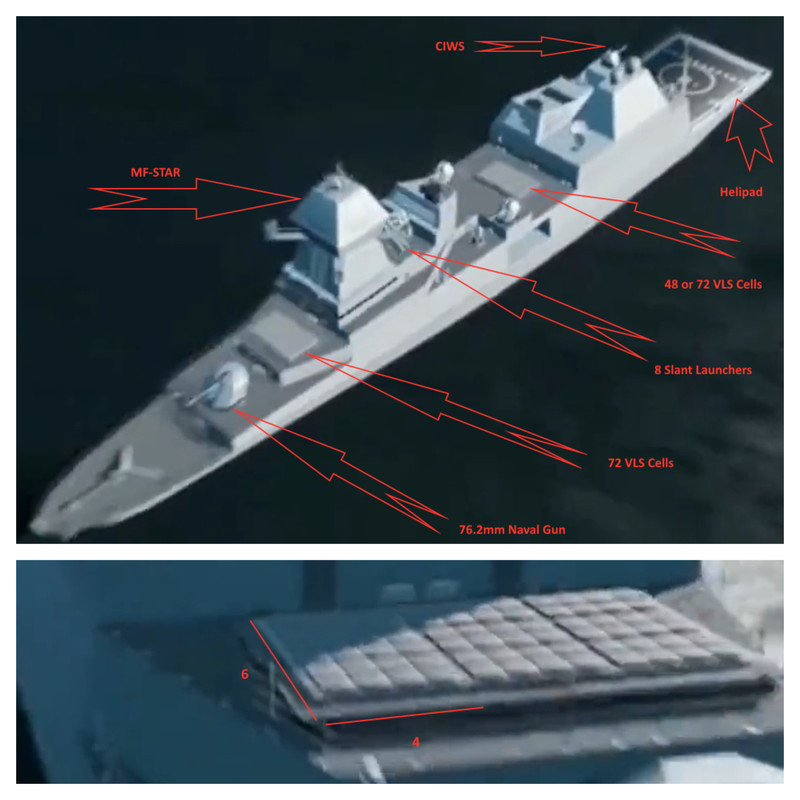

India’s quest for maritime supremacy takes a quantum leap forward with the revelation of its next-generation destroyers, designed to dominate the seas with cutting-edge technology and firepower. These 10,000-ton monsters, slated for a first metal cut within five years, promise to be a game-changer in regional defence dynamics.
These behemoths of the sea will bristle with a formidable arsenal, including Directed Energy Weapons (DEW) for unparalleled precision and long-range anti-ship missiles capable of integrating hypersonic warheads. This futuristic arsenal represents a paradigm shift in India’s naval capabilities, cementing its position as a major force to be reckoned with.
Continue readingSOURCE: RAUNAK KUNDE / NEWS BEAT / IDRW.ORG


India’s long-awaited Project 75 Alpha, aimed at developing six 6,000-ton nuclear attack submarines (SSNs) for its Navy, is finally gaining traction. With government approval secured in 2015, the program has been shrouded in secrecy until recently, but whispers of cutting-edge technologies and advanced capabilities are starting to emerge.
Spearheaded by the Warship Design Bureau, the SSNs will boast next-generation stealth design, crucial for their survival in hostile underwater environments. This includes features like anechoic coatings and specially shaped hulls to minimize sonic and radar signatures, allowing them to operate undetected throughout enemy territory.
Continue readingSOURCE: IDRW.ORG TEAM
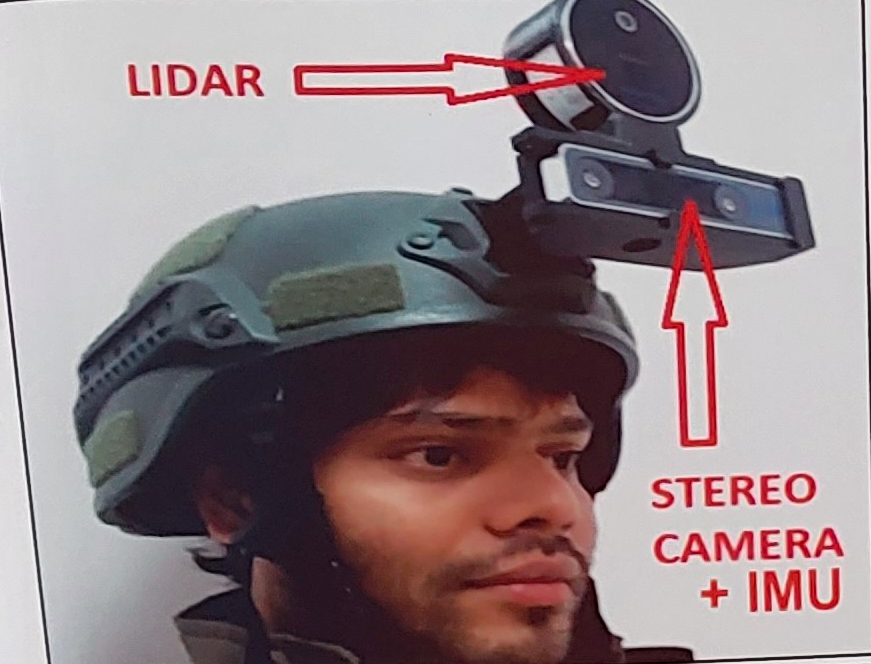

The future of warfare is here, and it’s smarter than ever. India’s Defence Research and Development Organisation (DRDO) is at the forefront of this revolution with its groundbreaking Internet of BattleField Things (IoBT) technology. This cutting-edge system, spearheaded by the prestigious Centre for Artificial Intelligence and Robotics (CAIR), promises to transform battlefield awareness and empower soldiers with unprecedented situational intelligence.
Imagine a soldier equipped with a helmet that not only protects their head but also acts as a digital brain, providing real-time tactical information and tracking enemy movements with uncanny accuracy. DRDO’s IoBT makes this a reality with its Smart Helmet. This helmet boasts an array of sensors and AI algorithms that work together to create a comprehensive picture of the battlefield:
Continue readingSOURCE: RAUNAK KUNDE / NEWS BEAT / IDRW.ORG


India’s dream of a domestically-built fifth-generation fighter jet, the Advanced Medium Combat Aircraft (AMCA), remains grounded, despite four years of discussions with major Private aerospace companies. The Special Purpose Vehicle (SPV) model, envisioned as a public-private partnership to drive the program, seems to be facing significant roadblocks.
The SPV model was designed to leverage private sector expertise and efficiency while maintaining government oversight. It proposed a majority stake for private companies, entrusting them with not only airframe, avionics, and accessory development but also jet assembly, after-sale support, and even export marketing rights. This ambitious plan, however, has met with resistance.
Continue readingSOURCE: RAUNAK KUNDE / NEWS BEAT / IDRW.ORG
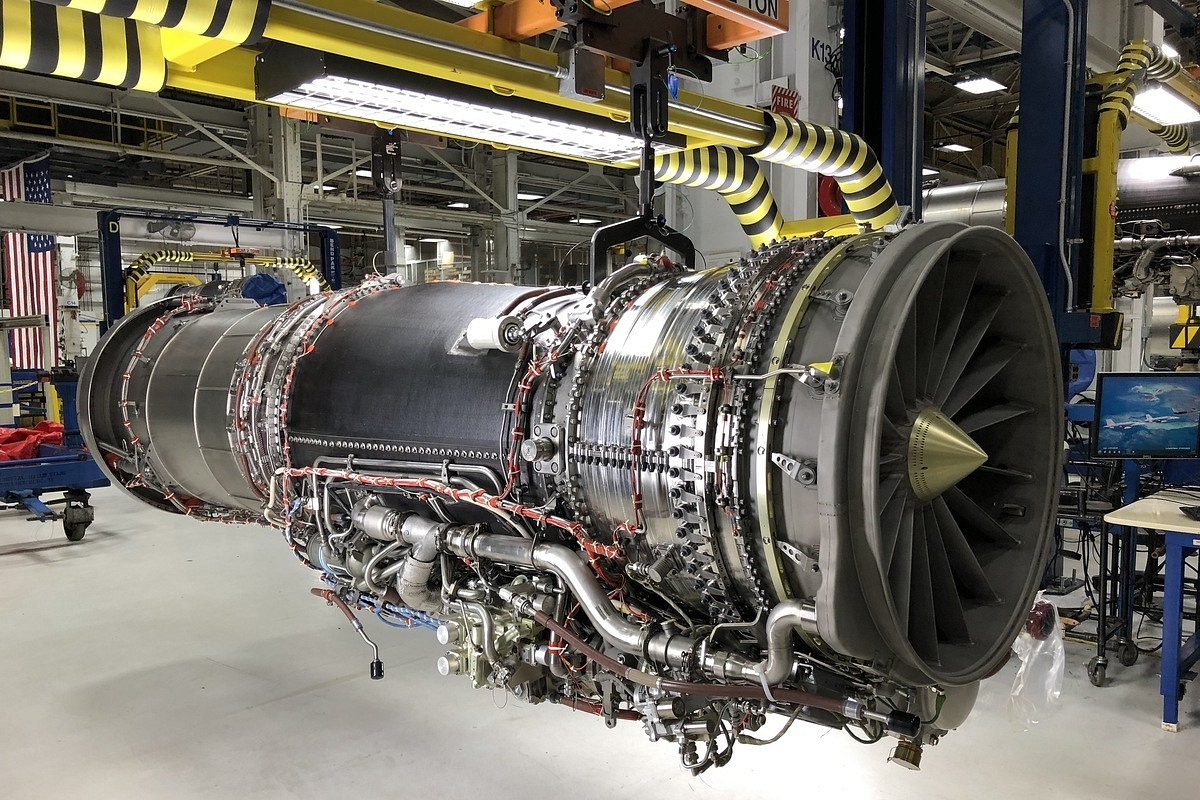

India’s quest for self-reliance in fighter jet engine technology receives a boost as Navratna defence firm MIDHANI will be stepping in to supply critical components for the US-made F414 engine. This move opens doors for domestic production of the engine, powering various advanced fighter jets like the Tejas MkII, TEDBF, and AMCA MkI.
MIDHANI will be supplying high-performance Hastelloy X nickel-based superalloys, crucial for the F414 engine’s hot sections due to their exceptional heat resistance and strength.
Continue readingSOURCE: RAUNAK KUNDE / NEWS BEAT / IDRW.ORG
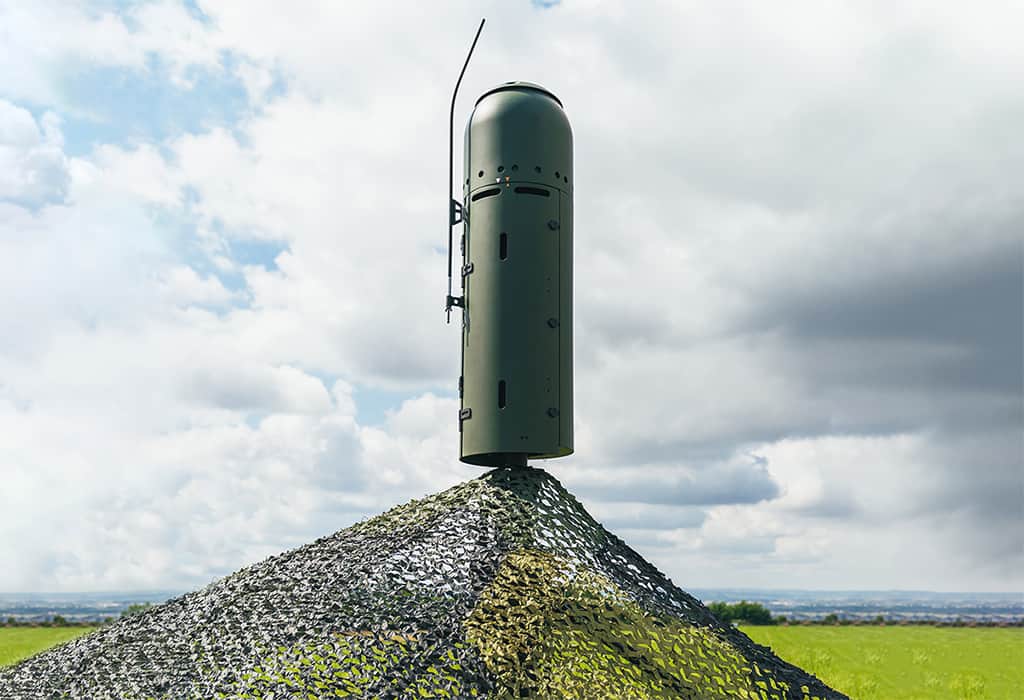

The Indian Ministry of Defence (MoD) has issued a Request for Information (RFI) for the procurement of approximately 10-20 Passive Surveillance Systems (PSS) to be used by the Indian Air Force. This move signifies a significant step towards enhancing India’s air defence capabilities.
Passive Surveillance Systems (PSS) are land-based systems that detect and track aerial targets by passively listening to their emissions, such as radar signals, radio communications, and even engine noise. Unlike active radar systems that emit their signals, PSS are stealthy and undetectable by most radar systems.
Continue readingSOURCE: IDRW.ORG TEAM


Adani Defence, the company that recently delivered the first Drishti-10 drones (Hermes 900) Medium Altitude Long Endurance (MALE) Unmanned Aerial Vehicles (UAVs) to the Indian Navy, is making significant strides in enhancing the indigenous content levels of these UAVs. With plans to increase the current indigenization content from 70 percent to an impressive 80-90 percent in the next few years, Adani Defence is positioning itself as a key player in the domestic and global UAV manufacturing landscape.
The delivery of the Drishti-10 drones marked a milestone for Adani Defence, showcasing its capabilities in providing cutting-edge technology to the Indian Navy. The Medium Altitude Long Endurance UAVs, based on the Hermes 900 platform, have garnered attention not only for their performance but also for the significant contribution to indigenous manufacturing.
Continue readingSOURCE: IDRW.ORG TEAM
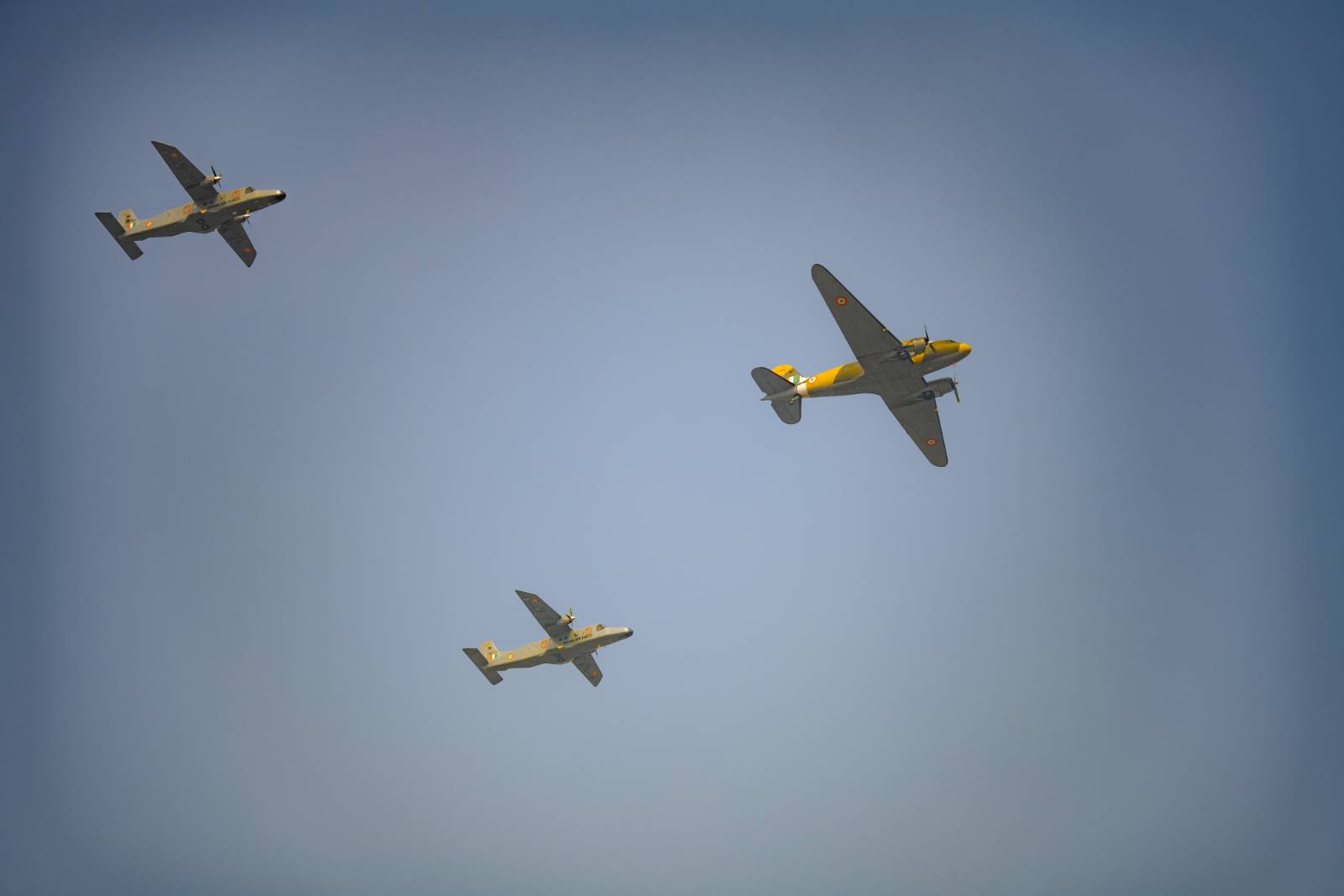

This Republic Day, the Indian Air Force (IAF) will take to the skies with a unique formation that seamlessly blends the past, present, and future of Indian aviation. The “Tangail” formation, named after the historic airstrip in Bangladesh, will showcase a legendary aircraft alongside two modern jets embracing a sustainable future.
At the heart of the formation will be the venerable Douglas DC-3 Dakota. Affectionately nicknamed the “Gooney Bird,” this iconic transport aircraft served as the workhorse of the IAF for over six decades, playing a crucial role in wartime missions and peacetime operations. Its distinctive silhouette, now a symbol of Indian aviation history, will once again grace the Republic Day skies, evoking memories of its illustrious service.
Continue readingSOURCE: RAUNAK KUNDE / NEWS BEAT / IDRW.ORG


The Indian Air Force’s dream of a domestically-built fifth-generation fighter jet, the Advanced Medium Combat Aircraft (AMCA), inches closer to reality, albeit with a revised timeline. According to DRDO Chief Dr. Samir V Kamat, the AMCA Phase-I, equipped with the GE-F414 engine, could take its first flight within seven years, with the first induction potentially happening ten years down the line.
This revised timeline, however, sparks questions. Earlier, DRDO had confidently claimed a three-year timeframe for the first flight after receiving Cabinet Committee on Security (CCS) clearance. With CCS approval still pending and a budget of Rs. 15,000 crore requested, the wait for the AMCA seems to be stretching.
Continue readingSOURCE: RAUNAK KUNDE / NEWS BEAT / IDRW.ORG
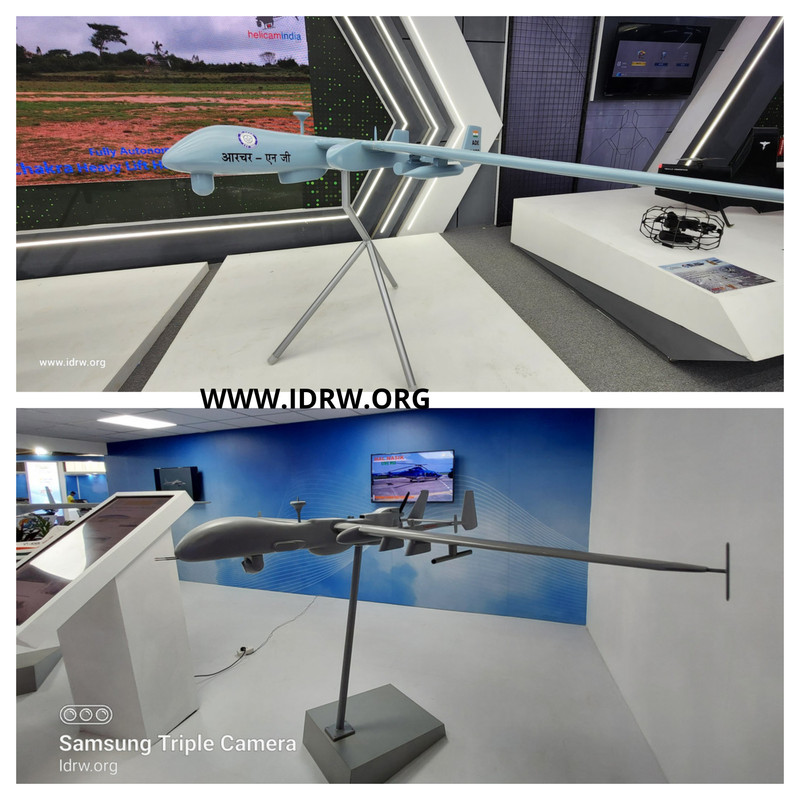

India’s ambitious plans to acquire 155 Medium-Altitude Long-Endurance (MALE) Unmanned Aerial Vehicles (UAVs) for its armed forces might see a split order, with domestic and Israeli options vying for dominance. This development comes amidst the recent crash landing of the Tapas MALE UAV Program, a setback for India’s indigenous program, and a boost for Israeli companies like Elbit and IAI, which have already secured emergency deals for their Hermes-900 and Heron-MkII drones.
The Adani Group’s domestically produced Hermes-900 has secured orders from the Indian Army and Navy, while the Indian Air Force (IAF) has picked the Heron-MkII from IAI. IAI has further sweetened the deal by offering local manufacturing of the Heron-MkII in collaboration with HAL. This immediate access and proven performance of Israeli drones have tilted the scales in their favour in the short term.
Continue readingSOURCE: RAUNAK KUNDE / NEWS BEAT / IDRW.ORG
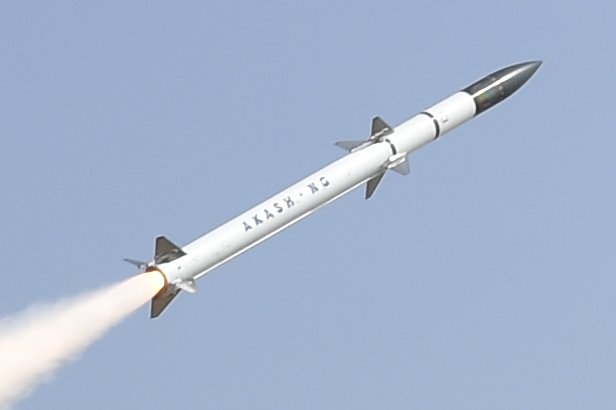

The Russia-Ukraine war has painted a stark picture on the battlefield: missile-based air defence is no longer optional, it’s essential. The proliferation of cheap drones wreaking havoc on expensive air defence systems has driven home a crucial point – nations need affordable, locally produced missiles to counter this emerging threat. Enter the Akash-NG interceptor, a game-changer for India’s air defence capabilities.
The Akash-NG’s arrival couldn’t be more timely. Its focus on tackling smaller aerial threats like drones, UAVs, and rockets aligns perfectly with the evolving battlefield landscape. With its advanced tracking and engagement capabilities, it promises to be a formidable shield against these low-cost, disruptive technologies.
Continue reading